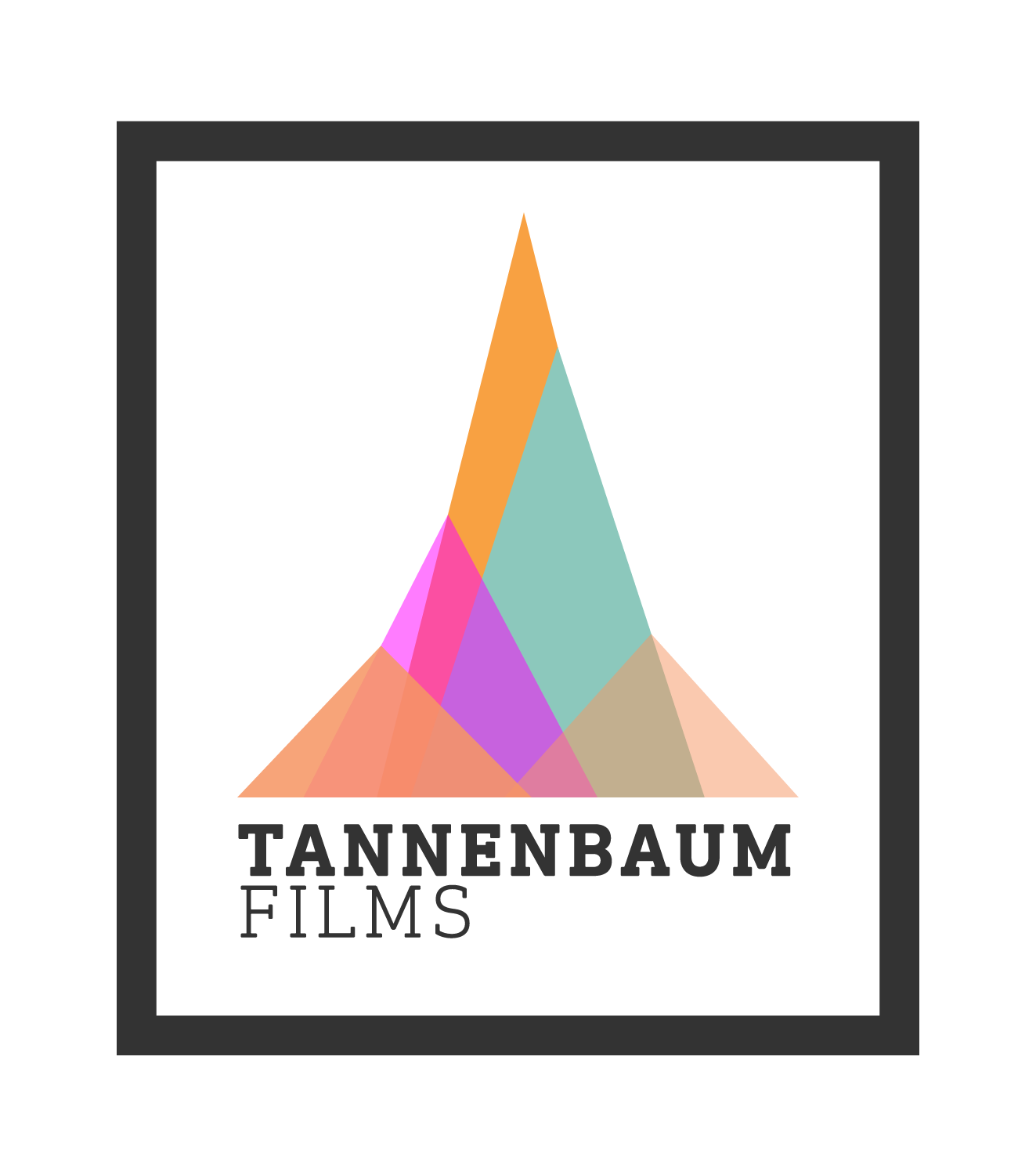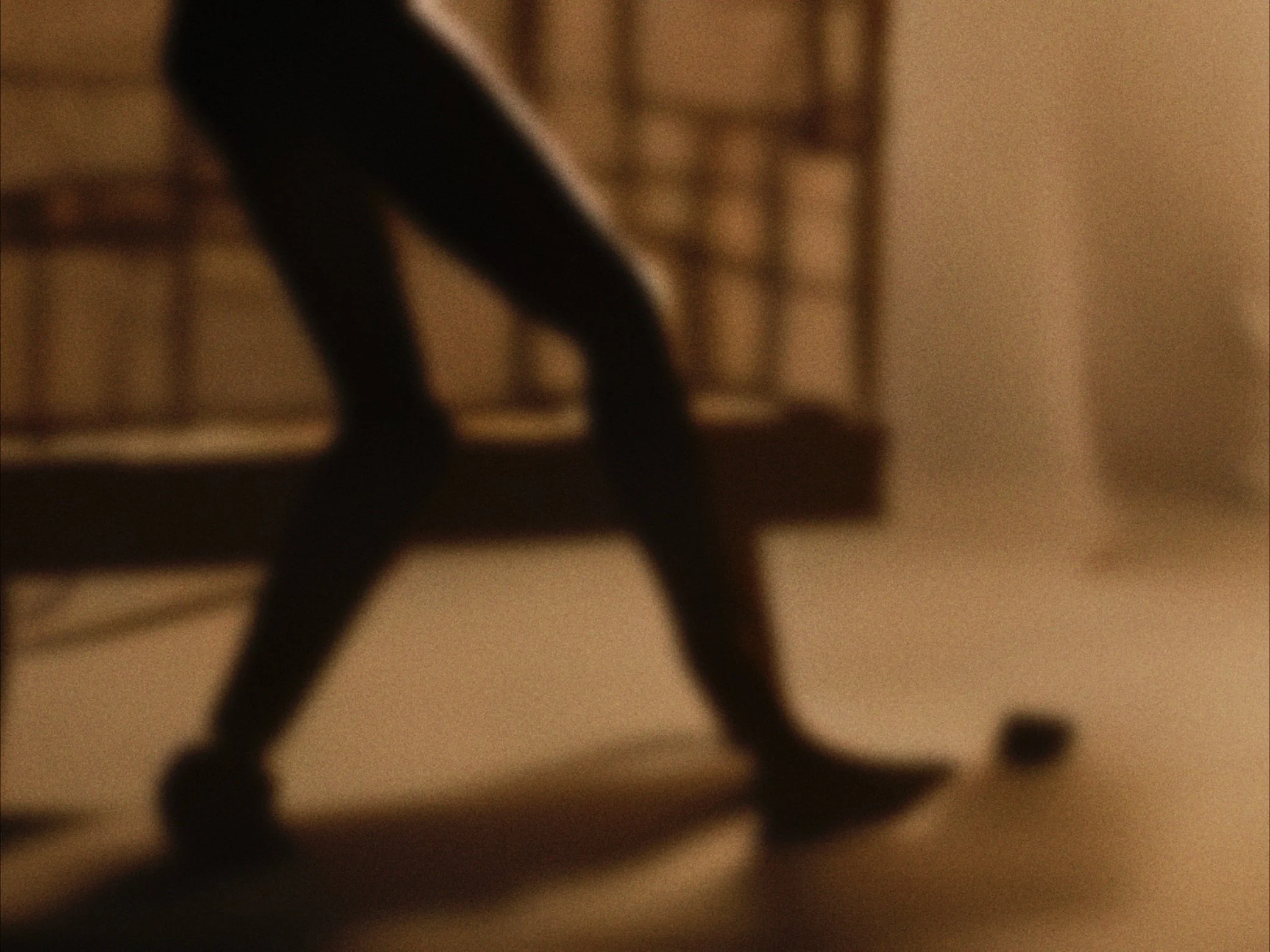
The Perfect Square (2024) • 08:01 min • 16 mm/Super 8/ HD Video
SYNOPSIS
Wieland worked for twelve years with an animal trainer who taught birds to fly in circles or squares. The title itself invokes the intellectual purity of geometric forms, considered superior by analytical philosophy to describe the laws of nature. The film explores what happens when you create structures or representability, and how aesthetic and social norms influence and control our society, our artistic creation and our (Western) view of the world, and why these norms lead to failure.
Gernot Wieland’s film, The Perfect Square, opens onto a soft, grainy blue sky, punctuated by the appearance and disappearance of birds who are lost into the film grain each time the camera operator fails to focus the lens on the subject In the film, Wieland states that he collaborated for over twelve years with a bird trainer who attempts to teach birds to fly in a circle, in order to be captured by the film camera. The results are a series of commands and resistances that reveal an apparatus of otherness.
The volatile quality of trying to capture flying birds in frame intensifies the desire to confirm whether the birds indeed fly in a circle. The otherness of the birds here enters into an ontology of seeming by setting the birds into an indeterminate space between the domestic and wild. It is another instance of a gap Wieland uses to bring not the qualities of the birds themselves to the fore, but instead the desire to command them, to instrumentalize them toward human goals or ends, to categorize them either as ‘useful’ because they can be trained, or ‘beautiful’ if they can trace the pure geometry of a circle.
Whereas the indexical image captured by the camera is a testament to the difficulty of training the birds to do something on command (and to thereby change the status of ‘the real’), the title of the work itself invokes the intellectual purity of geometric forms that have been deemed superior by analytic philosophy to describe the laws of nature since the so-called Enlightenment.
All this is to say, the being or creature that won’t obey a command, program, or desire could be a working definition of an “other”, or otherness, an “other” who approaches a you – an Other I.
The film further examines an experimental survey that was conducted by Wassily Kandinsky and his students at the Bauhaus Weimar in 1923. In his theoretical writings on art, Kandinsky had assumed there to be direct correspondences between basic colors (yellow, red, blue) and forms (triangle, square, circle).
It is by these means that The Perfect Square explores the question of how aesthetic and social norms influence and control our society and our artistic creation, and our (Western) view of the world.
Maxwell Stephens
Director/Script - Gernot Wieland
Additional writing - Clara Sharell, Maxwell Stephens, Lars-Erik Hjertström Lappalainen
Executive Producers - Olaf Stüber, Markus Hannebauer
Producers - Gernot Wieland, Konstantin von Sichart
Countries of production - Germany, Belgium
Editing - Konstantin von Sichart, Gernot Wieland
produced by Videoart At Midnight Productions & Fluentum
with the support of Berlin Senate Department, Department of Culture, Berlin
Camera/Animation/ Colour Grading - Konstantin von Sichart
Featured Photographer - Carla Åhlander
Cinema Audience - Jannette Deng, Eva Jauss, Nils Benedikt Fischer, Adrian Gutzelnig
Speaker - Rudolf Körner
Music - Konstantin von Sichart, Gernot Wieland
Sound Mix - Joseph Varschen
commissioned & co-produced by Argos Centre for Audiovisual Arts
co-produced by Tannenbaum Films




